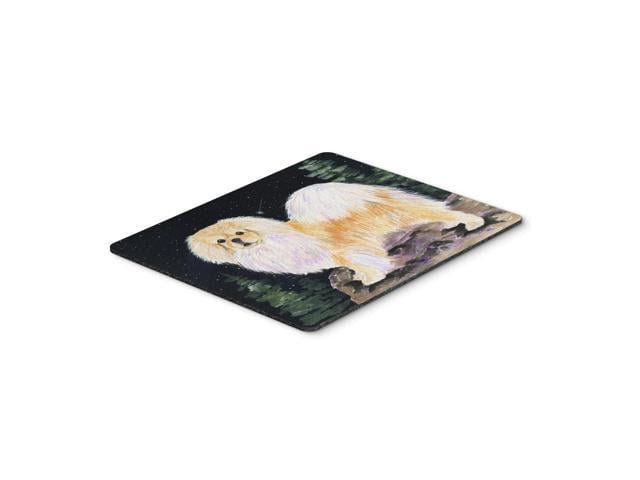Timeless and timely, La Fontaine''s Fables still speak to us today.
Pearl Hochstadt''s translation has been praised as:
"Witty, modern, and faithful"-Thalia Pandiri, Editor of Metamorphoses, the Journal of the Five College Faculty Seminar on Literary Translation"A fine, lively text which would give any new reader a sense of what La Fontaine is about"-Professor Richard Howard, Columbia University, poet and translator.For centuries the Fables of Jean de La Fontaine (1621-1695) have delighted French readers, captivated by their wit and charm. Memorizing the first few fables has been a staple feature of the early education of French schoolchildren. But those who go on to examine the entire oeuvre soon recognize a sophistication that leaves the simple lessons of childhood far behind, offering instead a rueful recognition of the frailties and follies of humankind. Like all proverbial wisdom, his "messages" are full of contradictions. Some advocate prudence; some celebrate boldness. Some praise generosity; others warn against being generous to treacherous types. But what unites all of them is the artfulness of their telling-the poetry. It is this quality that Pearl Hochstadt has aimed to capture in verses that approximate both the rhyme schemes and the often irregular meters of the original text.















